There are a lot of horse breeds out there, and that’s a fact. There are so many in fact that you could probably spend weeks and weeks looking through every possible breed that you could get your hands on.
As such, if you want to get your very own horse and you need them for a specific task at hand, you will need to do a lot of research to find out which breed is perfect for you.
Luckily, you can find plenty of information on the internet about most any breed out there, and while some will be specifically catered towards certain tasks and needs, you do have some breeds that are just universally considered to be excellent no matter what.
Today we will be covering one of these breeds, as the Fjord horse is pretty much regarded as one of the most well-balanced horse breeds in the world right now.
If you want to see whether this is the perfect horse breed for you or if you just want to know what the fuss is all about, then keep on reading because we’ve got a lot of information galloping straight towards you, starting off with:
The Origins of the Fjord Horse
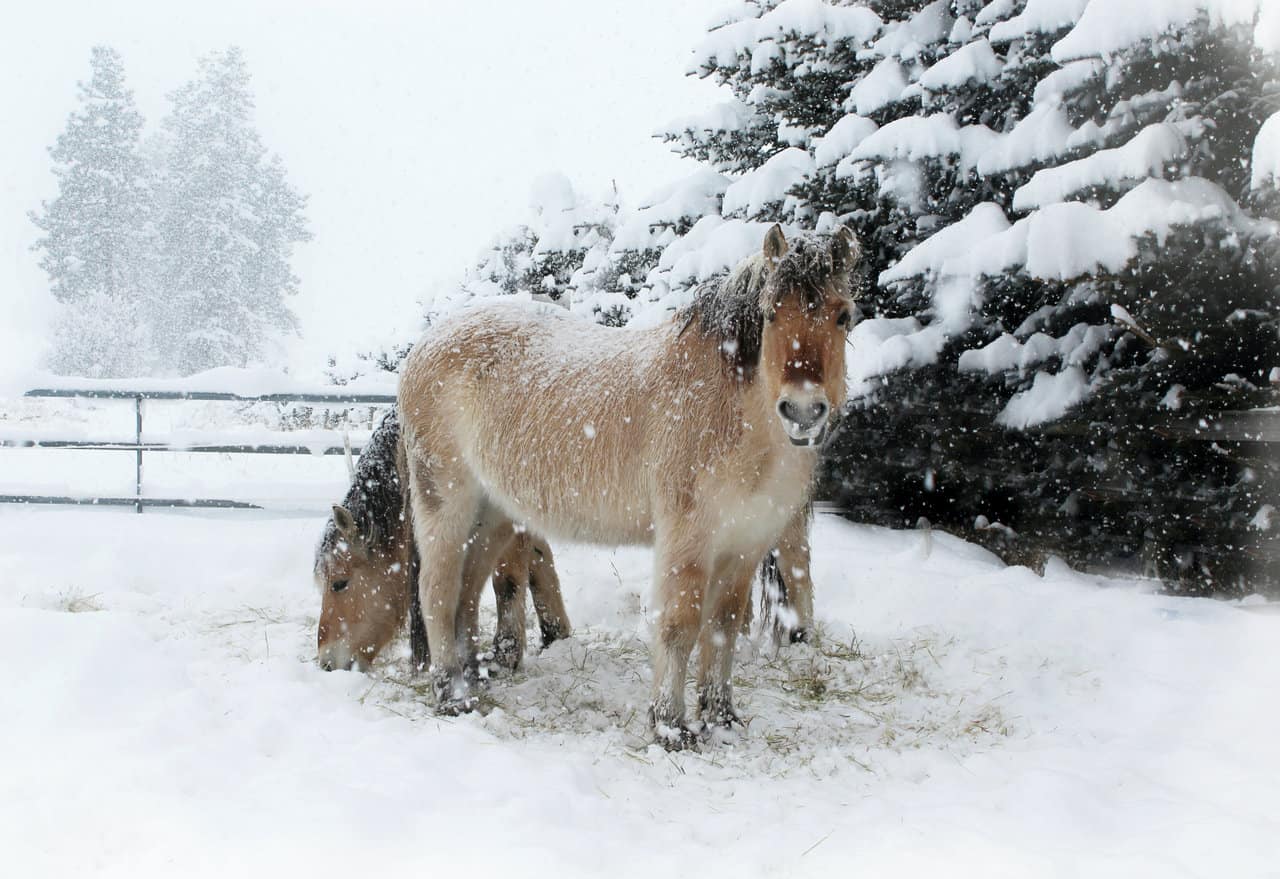
Interestingly enough, the Fjord horse’s history actually goes all the way back to thousands upon thousands of years ago, meaning that the Fjord horse may very well be one of the oldest horse breeds that we still have around us to this day.
Experts believe that its origins actually stem directly to the Przewalski horse, a horse breed that was known to roam across Asia in ancient times.
What we do know for sure though is the fact that about 4,000 or so years ago, the people of Norway finally managed to domesticate the Fjord horses at the time, starting a symbiotic relationship that will last all the way to modern everyday life.
Back then, the Fjord horse was mainly used on Norwegian farms, until the Vikings pretty much decided to pick them out to ride them into war.
Another interesting fact about the Fjord horse is that, despite having been around for so many thousands of years, its bloodline is relatively straightforward since breeders have specifically picked out which horse breeds get to intertwine their genes with the Fjords.
This means that, while the Fjord horse is far older than most any other horse breed around, it is also one of the purest ones genetically speaking, since there hasn’t been close to any influence from any other horse breed around.
Nowadays, the Fjord horse is still considered to be one of the most popular breeds in all of Norway, mostly due to its historical and cultural significance.
It is said to have literally contributed to the history of the people, just as much as the people themselves have, which is why it has won multiple prizes over the years.
But even so, the Fjord horse breed is not limited to Norway alone, as there are proud Fjord owners all around the globe right as we speak.
Fjord Horse Appearance
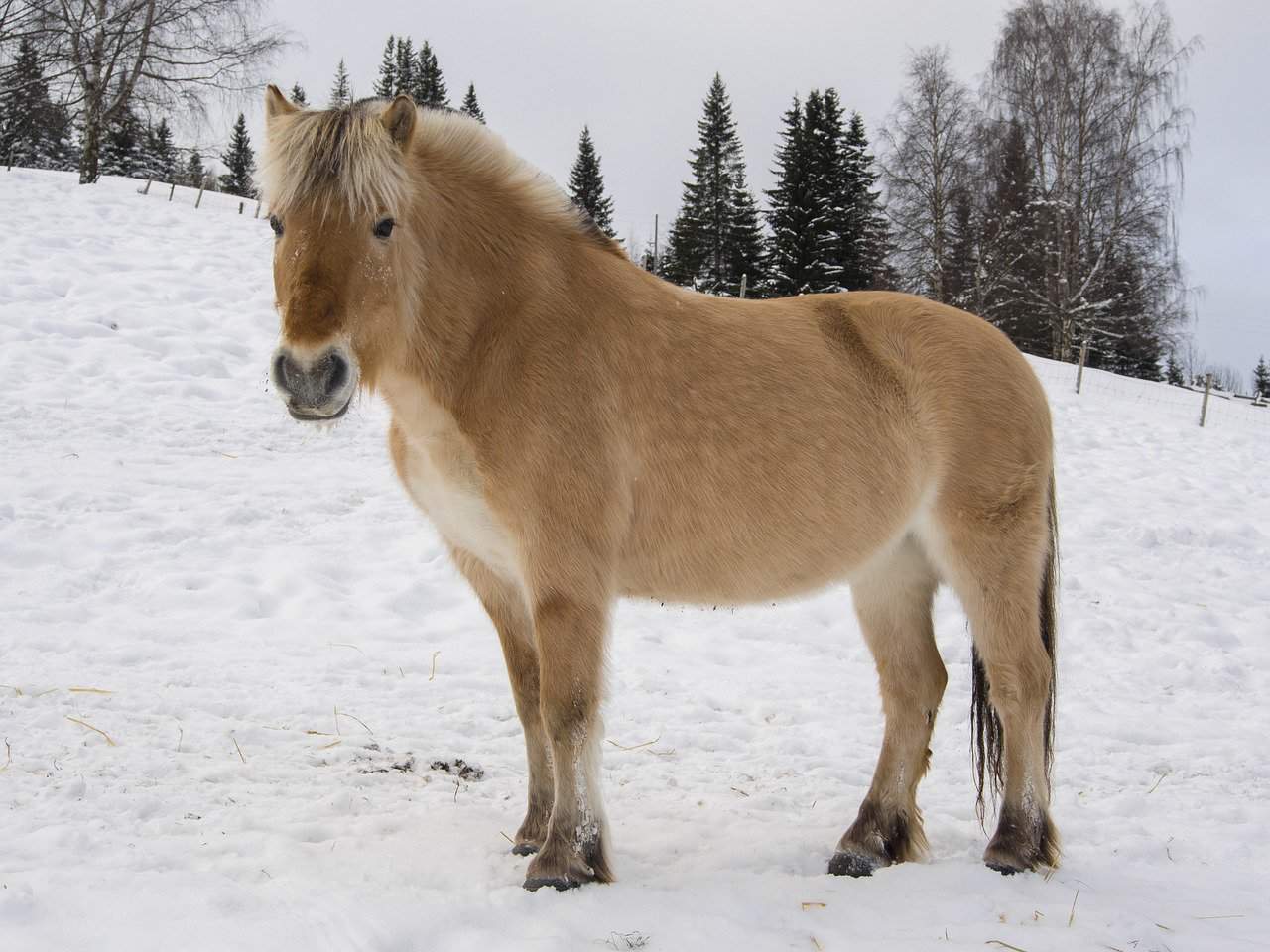
You can actually quite easily tell if you’re dealing with a Fjord horse or not, based on whether it has that dark stripe in the white mane. This in itself makes the Fjord horse very easily distinguishable as it is a huge contrast to its light cream-colored skin.
Officially though, Fjord horses are said to be dun colored, with the term ‘dun’ specifically meaning nut-brown for most animals out there.
Most of the Fjord horses are brown dun, although there are a handful of other shades out there too, namely red dun, gray dun, yellow dun or white dun.
Interestingly enough, the Fjord horse also has a bunch of primitive stripe markings, alongside more than a handful of zebra stripes, alongside their legs and darker stripes over their withers.
For the most part, most of these primitive markings are due to their dun genes, but interestingly enough your horse may also have a few smaller brown spots alongside their body or their head. These are known as “Njal marks” and they are believed to be unique to the contemporary Fjord horse.
Some Fjord horses are also going to be sporting a Pangaré, which is a coat trait known to feature pale hair around the eyes and muzzle while also expanding all the way down to the underside of the body too.
While this may all be true though, your Fjord horse may have different features or markings alongside its body, and in some cases your horse may even carry out the cream gene.
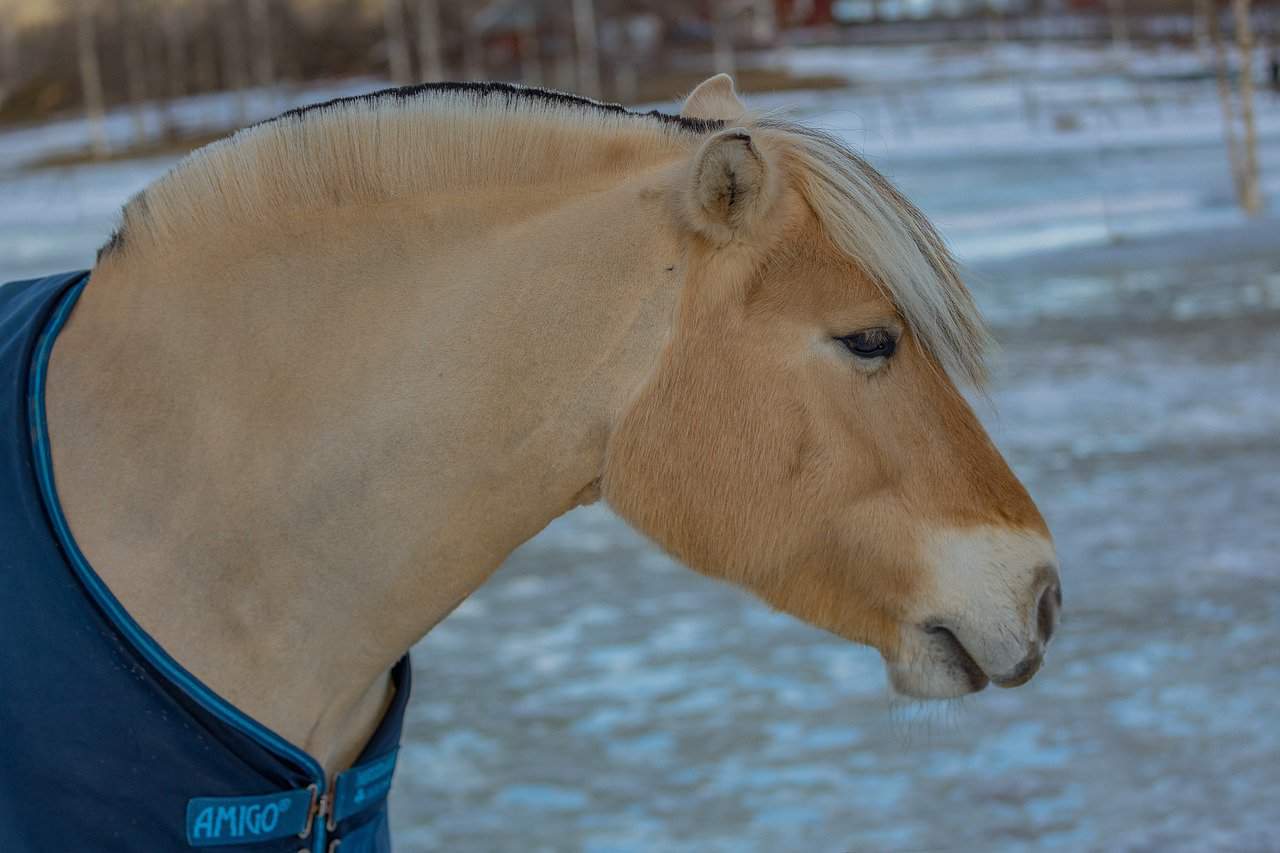
As far as the physical traits are concerned, you will find your Fjord horse to have a small and short head alongside a pair of smaller yet super alert ears. Their eyes are also very big and prominent, which is a result of them having been used in a lot on the battlefield over the years.
They have a signature short and stubby neck, alongside a tough and furry body frame. Their tails are low-set and they are known for having very strong legs with dark and hard hooves.
They are very muscular and are known for being very useful around the farm because of this. This makes it the perfect horse to have around your farmhouse, since it can be used for any sort of labor while also being a great option for riding purposes and shows.
Another interesting fact about the Fjord horse is that while they may seem big in pictures, they are actually quite a bit smaller than most other breeds out there.
Most Fjord horses are about 13.2 to 14.2 hands tall, meaning that you are more likely to find ponies of the same size than you are to find horses.
Even so, Fjord horses are not ponies, and on top of that they do weigh as much as 400 to 500kg in total, which is about 880 to 1,100lbs depending on the food you give your horse and the activity level and whatnot.
Behavior and Temperament

Due to the fact that they were domesticated so long ago, Fjord horses are considered to be amongst the friendliest and calmest horse breeds around, and that’s saying a lot considering just how many horse breeds there are out there.
Since they are so much smaller than the average horses though, and they have such a gentle demeanor, it’s no wonder that it is a bit of a fan favorite option for new and inexperienced riders alike.
As such, you can definitely rely on your Fjord horse if you are just now getting into horse riding, especially so since Fjord horses have both the strength and the personality to carry you around, at whatever speed you feel comfortable with.
You can also hook them up to wagons or carts and they won’t complain in the slightest, since it’s practically in their genes right now to do that for us.
But just to reiterate, you will never hear about a Fjord horse actually attacking its owners without a good reason, since they are pretty much known all around the globe for being extremely friendly and passive no matter the situation at hand.
Fjord Horse Breeding and Uses
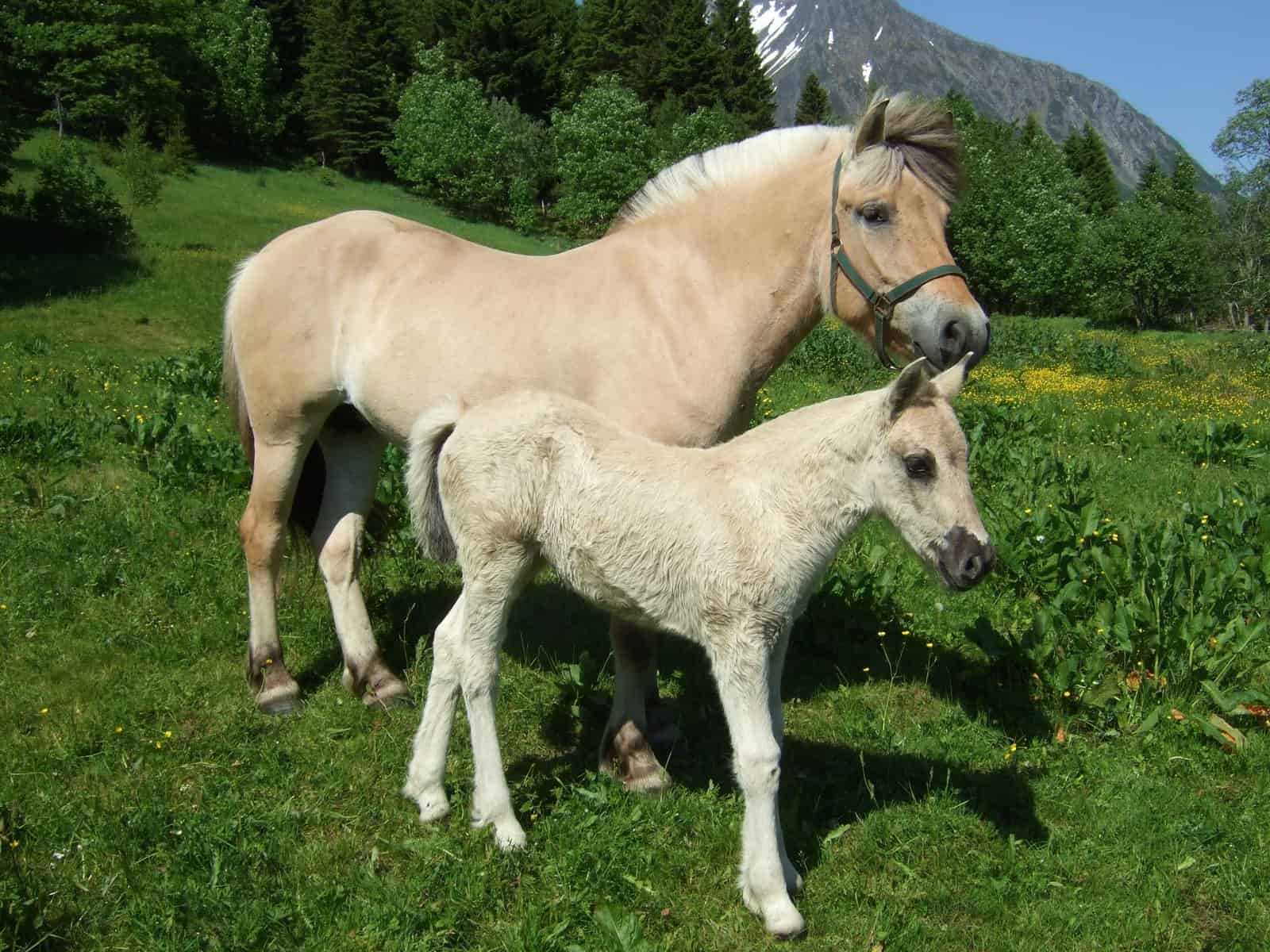
As mentioned previously, the people of Norway and pretty much any reputable horse breeder out there have made it a lifegoal to pretty much make sure that the breed’s integrity is left untouched, so that it doesn’t end up being tampered with in an effort to make it better.
As far as the uses are concerned, Fjords horses are known for being very proficient at riding and driving. They can be used for lower-level dressage and cross-country competitions, and since they have such good endurance, it’s no wonder that they are also very popular for trail mounts.
If you are looking to get into horse riding, it is also recommended that you get yourself a Fjord horse since they are so friendly and easy to train.
They are also considered to be the best horses to ride if you are looking for a good therapeutic riding lesson mount.
Taking Care of Fjord Horses
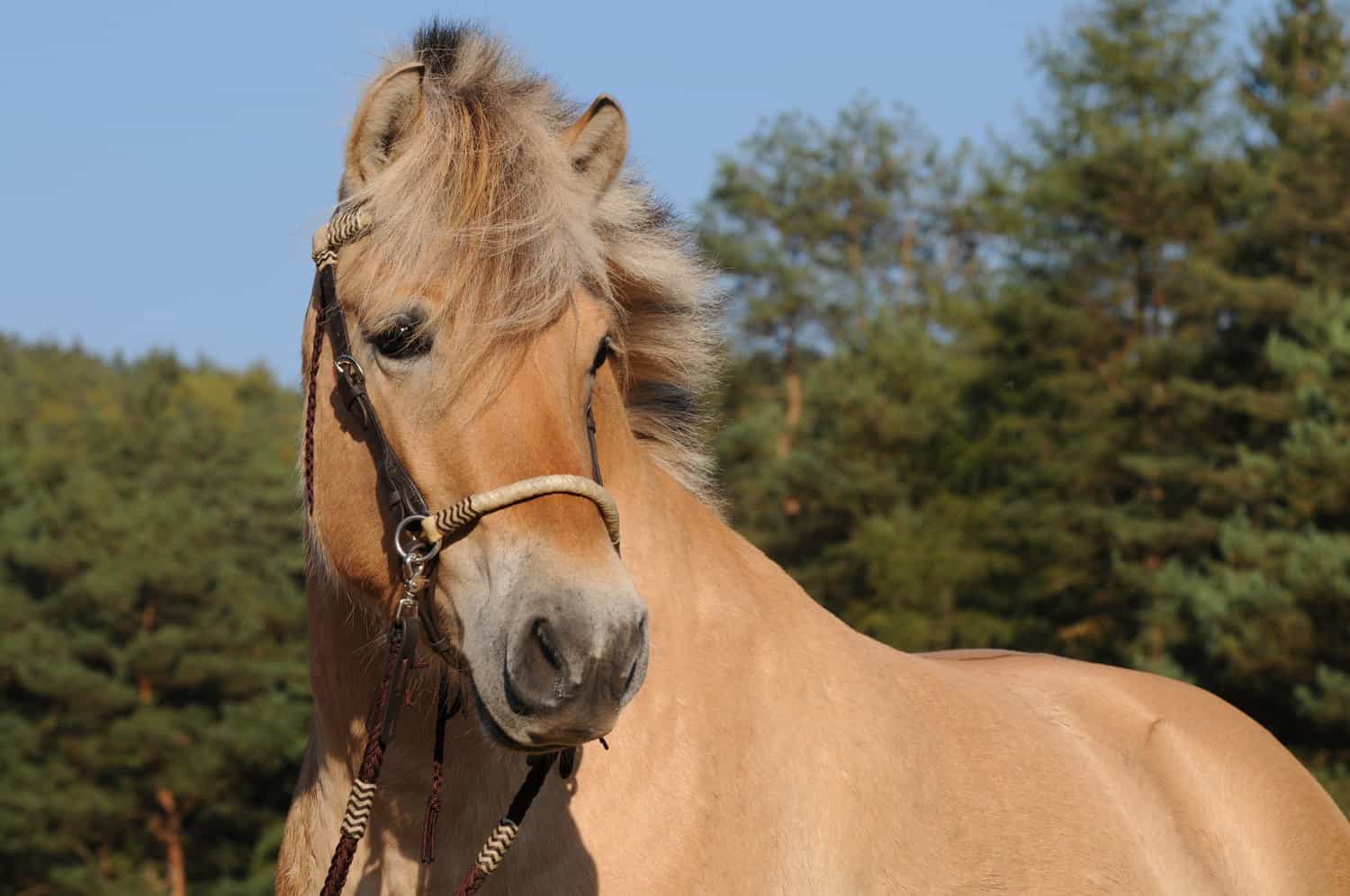
First of all, you should understand the fact that since they were originally brought up in sub-arctic Scandinavia, Fjord horses have literally evolved to be able to withstand any climate whatsoever and very harsh living conditions.
Interestingly enough, the Fjord horse is actually one of the few breeds out there that doesn’t need any grain in their diet. This is because the breed has evolved to live through very tough living conditions where it wouldn’t exactly get all the nutrients it required to grow up to be big and strong.
As such, as long as you have high-quality hay ready to be served alongside some minerals and water, your Fjord horse will pretty much be having the time of his life in your care.
Just keep in mind that you shouldn’t just let your Fjord horse go off on its own on a fresh grass pasture because they are not meant to eat that much to begin with.
Since they are so much smaller than your average horse, they require less food, but at the same time they were bred in very tough environments which often times meant limited access to food.
Because of this, Fjord horses will often times eat until they become overweight, so you will need to make sure that they move around plenty and eat only until they are full.
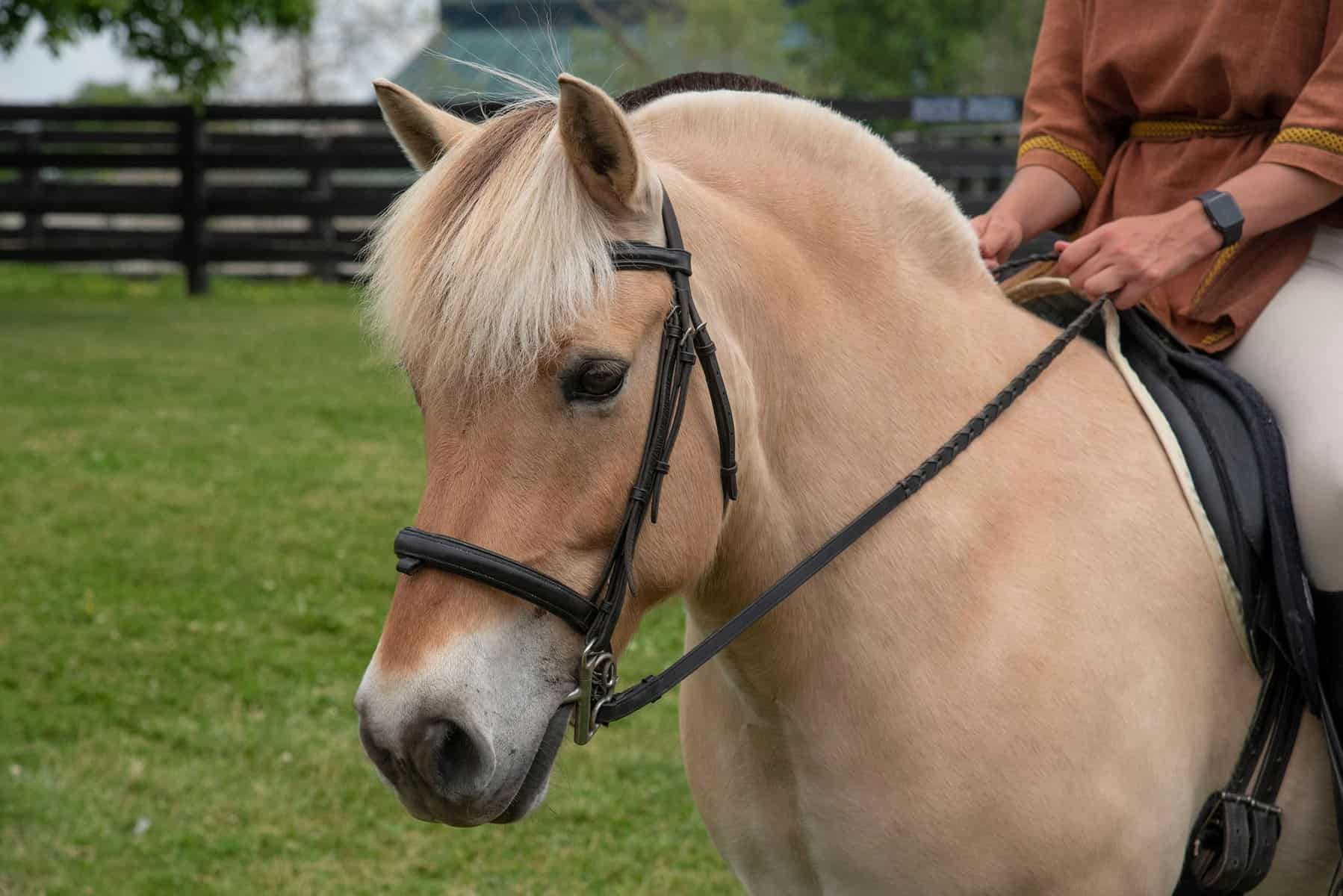
You may also need to invest into more than a handful of grazing muzzles to make sure that they don’t overeat this summer, since that is when Fjord horse can end up becoming borderline obese if you’re not careful.
As far as their shelter is concerned, you should invest in proper housing so your Fjord horse doesn’t have to deal with the elements of nature all that much. This means that for the most part, as long as you invest into a dry stall of around 10’ x 12’ you should be fine.
For their pasture space, as long as your Fjord horse has around 2 to 3 acres of land to graze on, they should be perfectly happy no matter what. Just keep in mind that owning multiple Fjord horses also means that you will need to multiply those acres per horse.
Last but not least, taking care of Fjord horses is also a bit tough because they are very social creatures, as are most horses in fact.
As such, you should always purchase your horse in pairs so that they can get their social skills trained as much as their legs.
All jokes aside, no horse should ever live all on its own since this can lead to them becoming depressed. If your horse starts staring into the walls a lot and is not moving as much as it should, you need to look into getting them a friend because they are definitely depressed and starved for companionship.
Fjord Horse Health Problems
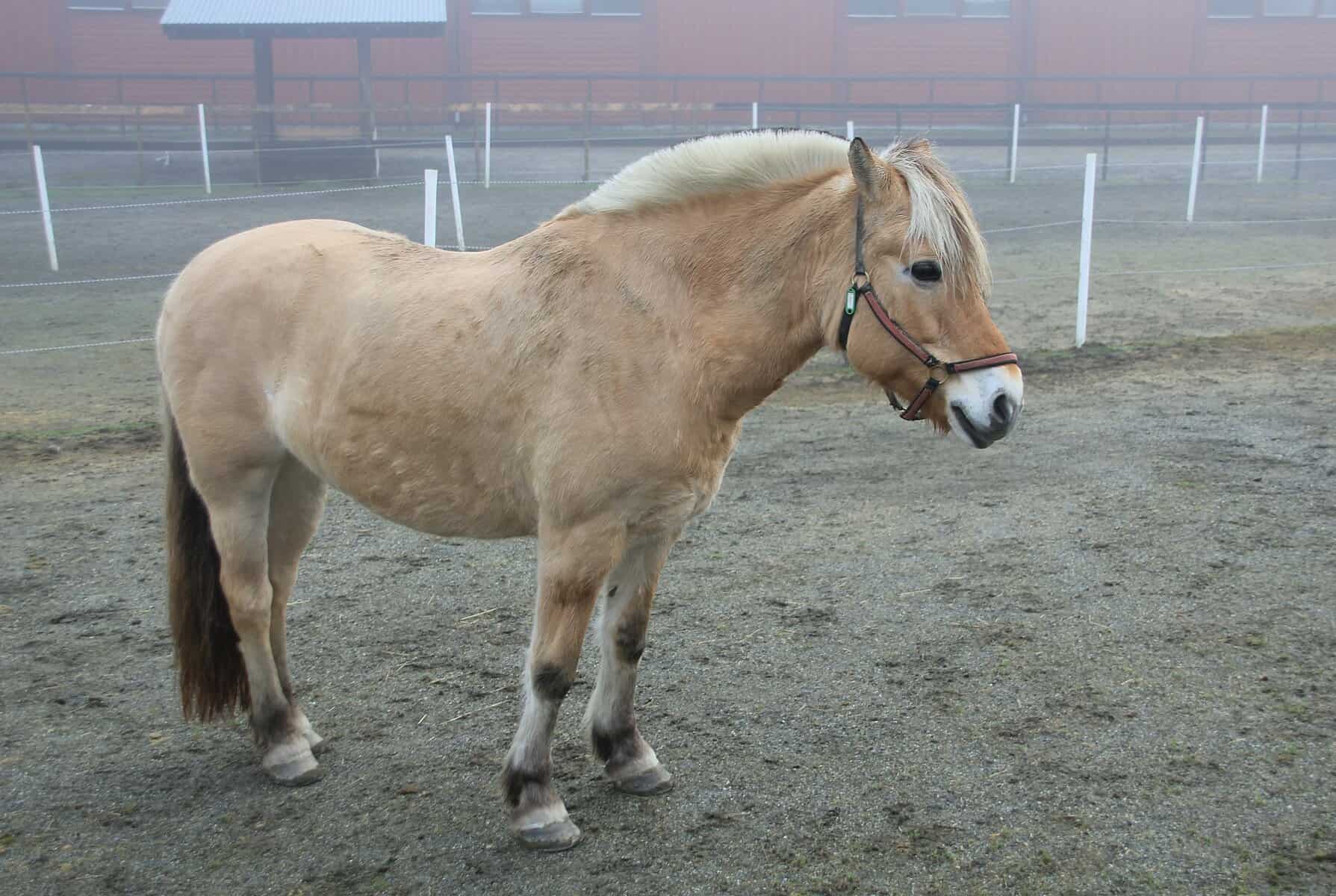
As you can expect from a horse breed that has been practically untouched for the past couple of thousands of years or so, this is one exceptionally hardy breed as it can practically shake off most health problems that other horses would be taken down by.
There are still a few health issues that they can be affected by, such as laminitis, aka a very painful hoof condition which causes their coffin bone to rotate.
Other than that, there is colic, aka a very painful digestive issue that can even result in your horse losing its life if not properly taken care of.
Last but not least, the only actual health risk that your Fjord horse is sure to come across if you’re not careful with them, we are talking of course about obesity.
As mentioned previously, Fjord horses are not used to having all the food in the world in front of them, and if given the option they will hardly move throughout the day. So you, will need to make sure that your horse gets plenty of exercise all throughout the day and not only that, also keep an eye on them when they eat so they don’t end up consuming too much.
All of the health issues mentioned before can be a biproduct of obesity, so as long as your Fjord horse is healthy and fit, you shouldn’t have to worry about anything else taking them down.
How Much do Fjord Horses Cost?
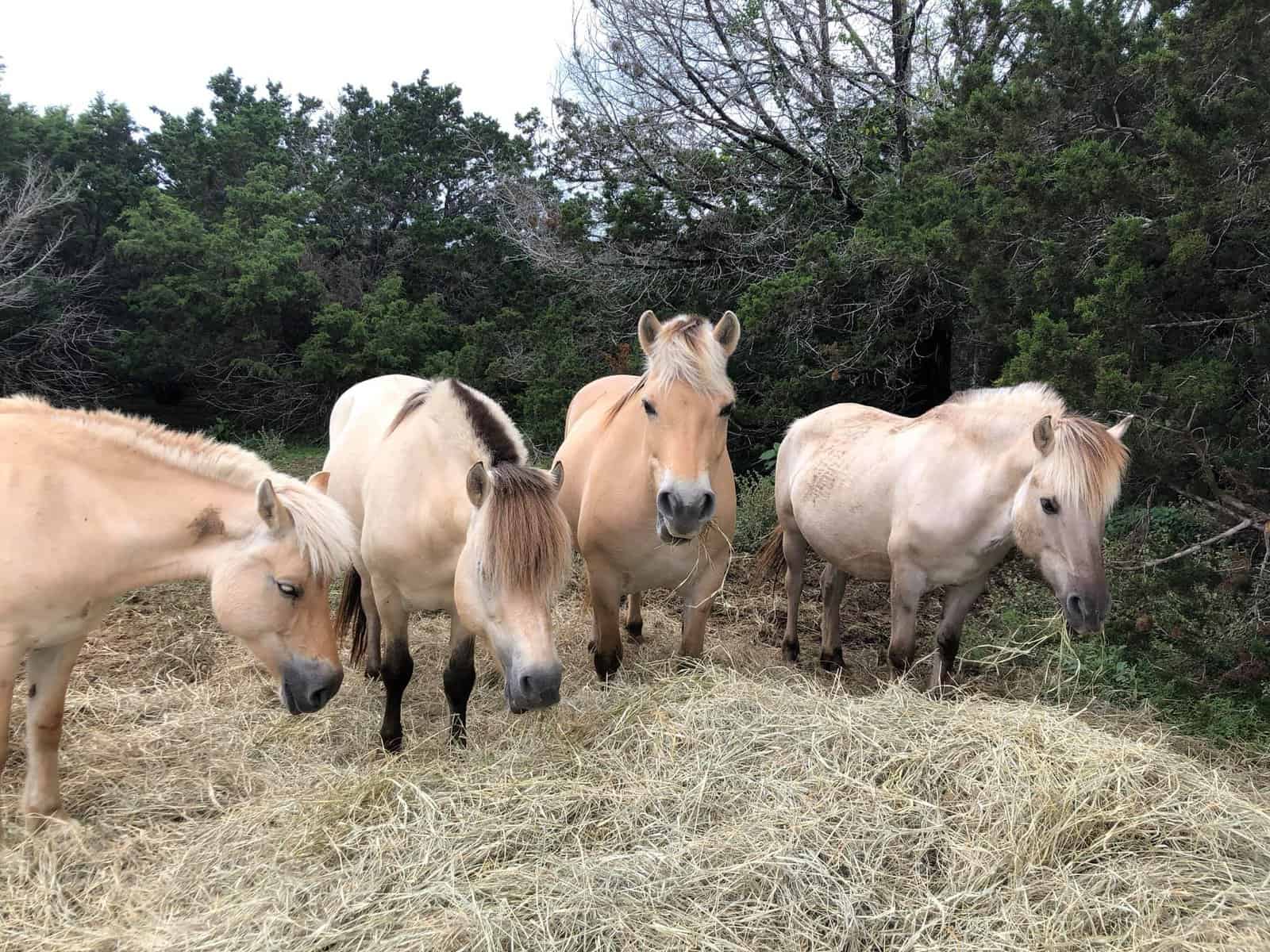
This is a real bummer right here as after reading all of this you may be wondering what possible reason you may have to not invest into a Fjord horse this very moment.
Well, here is a pretty big drawback, and that is their price tag. Because they are considered to be exotics and, while not rare to a dangerous degree, are still quite hard to come by which has dragged the price up by now.
A purebred yearling colt will definitely take a huge chunk out of your wallet as you can end up having to spend as much as anywhere between twelve and twenty-four hundred dollars in total.
If you do want to go for a three-year-old horse though that is also well trained, you’re looking at a twenty to thirty thousand dollar horse at best.
If you live in North America or Canada, you will also have to pay a lot more since they are not native to these lands. At the same time, if you do live in Europe, you will be able to find your very own Fjord horse for a much more affordable price tag.
Once you do get your hands on a Fjord horse though, the prices will only get higher as you will need to spend around twelve hundred dollars a year just to feed them and groom them alongside also taking care of their health with routine veterinary visits.
As you can already guess by now, because of their thick winter coats you will need to help them by currying and using a shedding blade to make sure that they’re ready for the warm spring season.
At the same time, those beautiful Fjord manes that they have will need to be trimmed down in order to keep them standing up straight as you can see in most pictures online.
Their hooves will require extensive help too which again will add to your bills by the end of the month, but as long as you can handle those payments, let’s just say that you will not regret your purchase anytime soon.
Conclusion
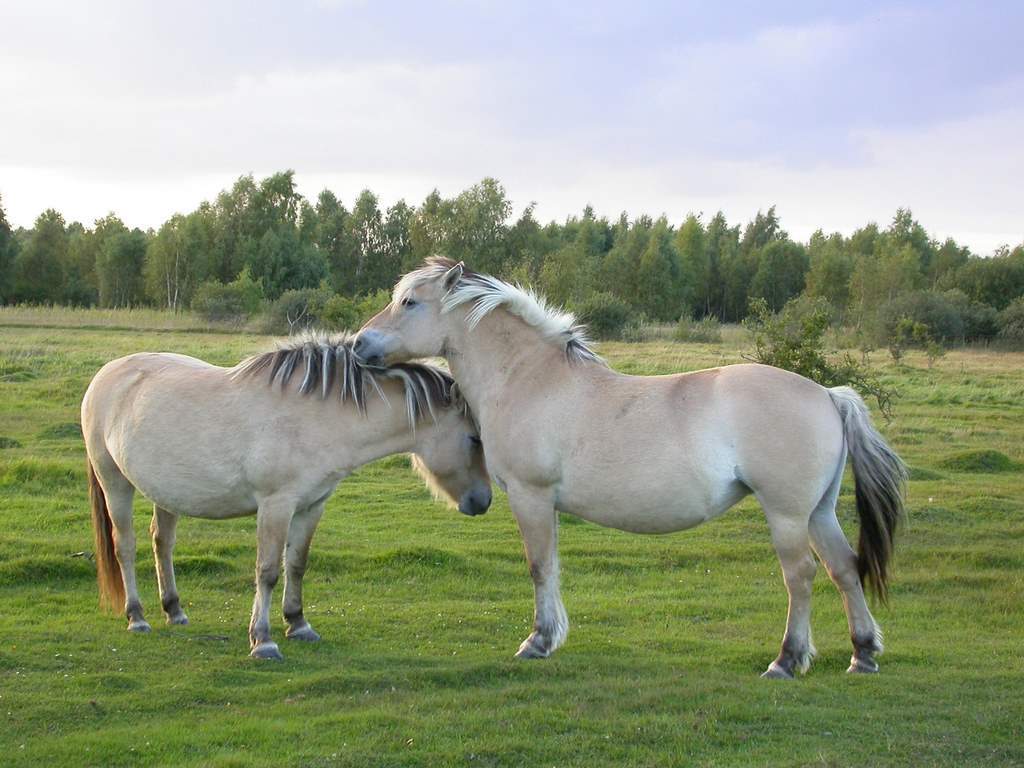
All in all, should you get yourself a Fjord horse? Honestly the only real downside to owning a Fjord horse is the price tag.
As long as that part’s taken care of, you will be getting one of the most loveable and beautiful horse breeds your money could get you for sure.
Just keep in mind that there are a lot of other breeds that are just as expensive, if not more expensive out there, that are nowhere near as friendly, iconic and helpful as the majestic Fjord horse.

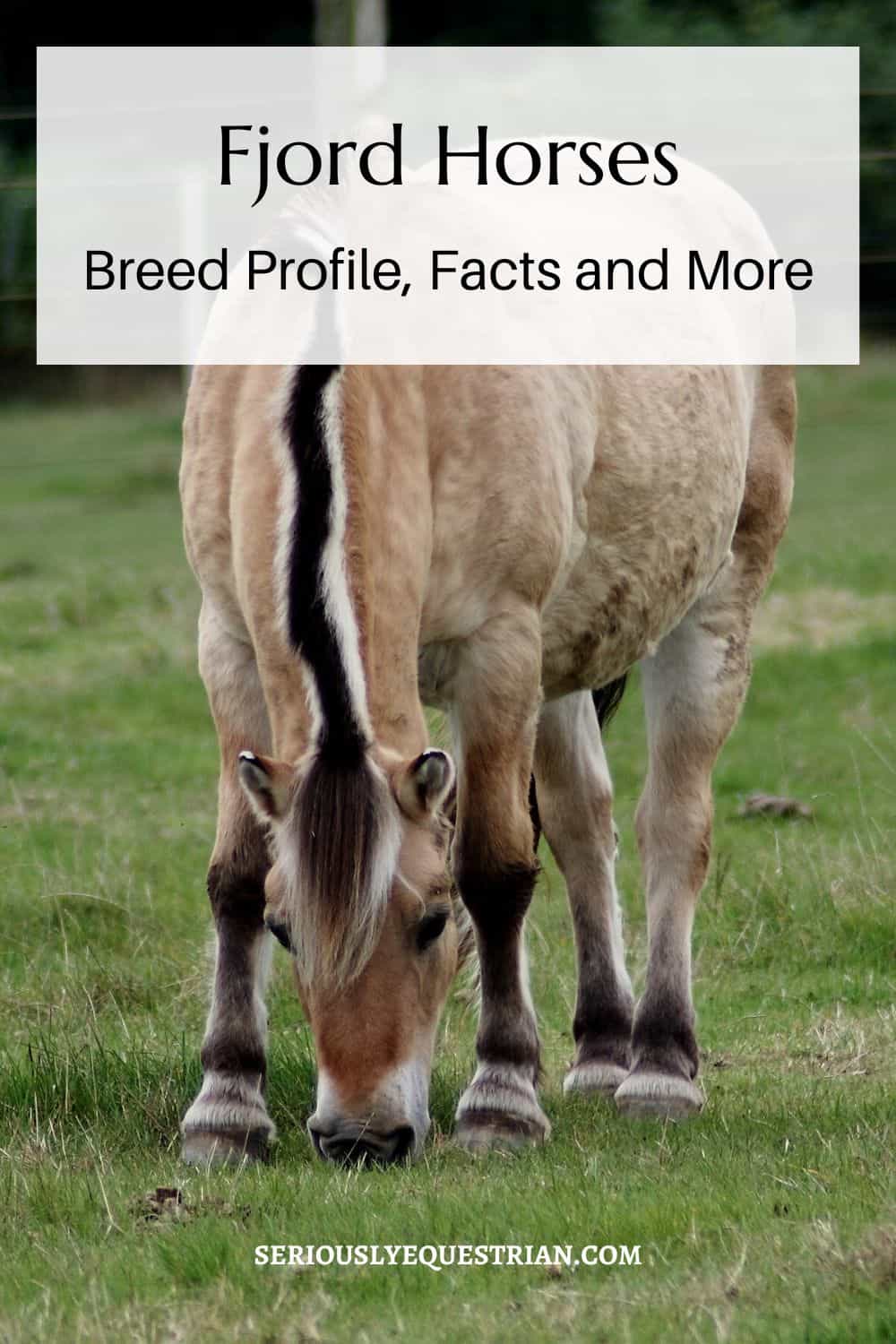
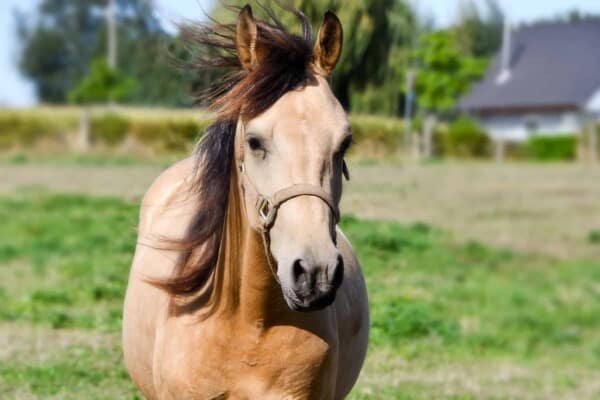
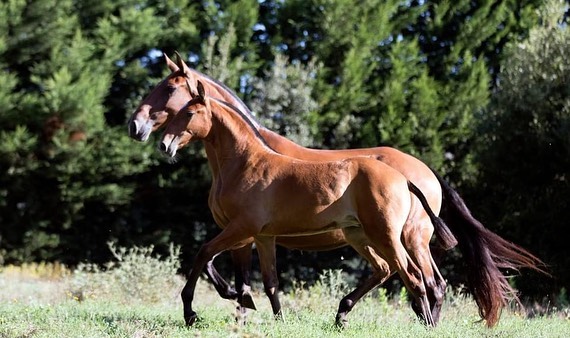
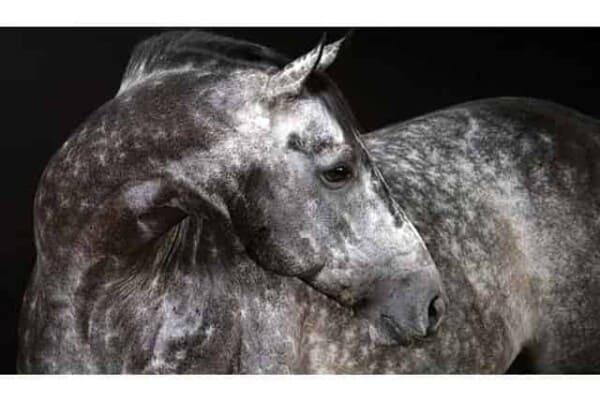
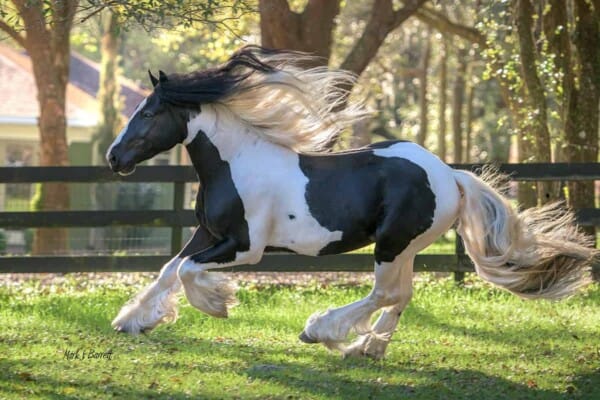
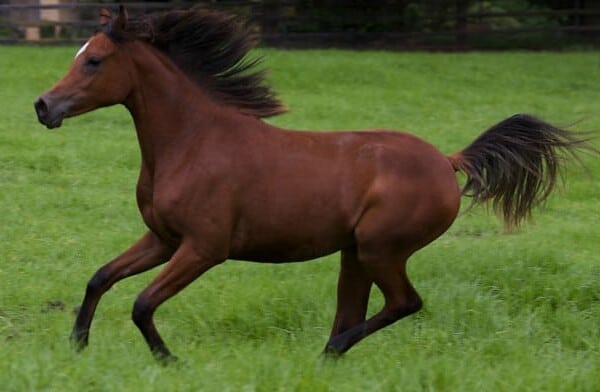
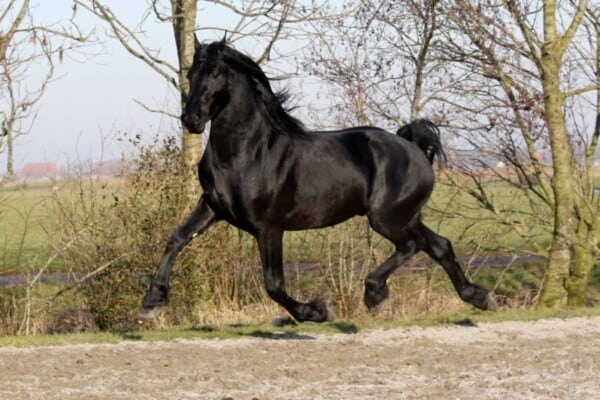
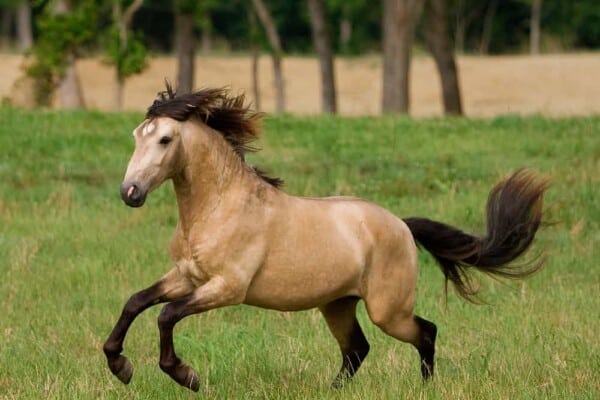
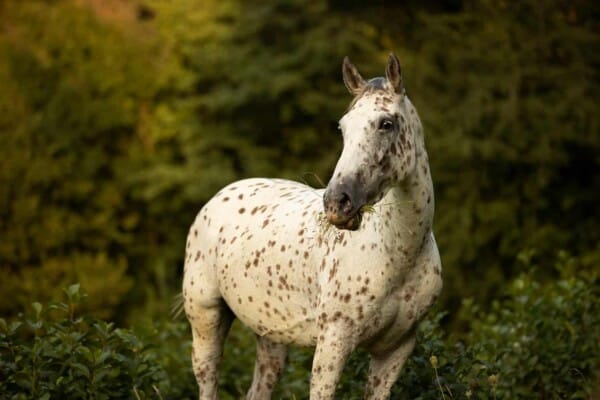
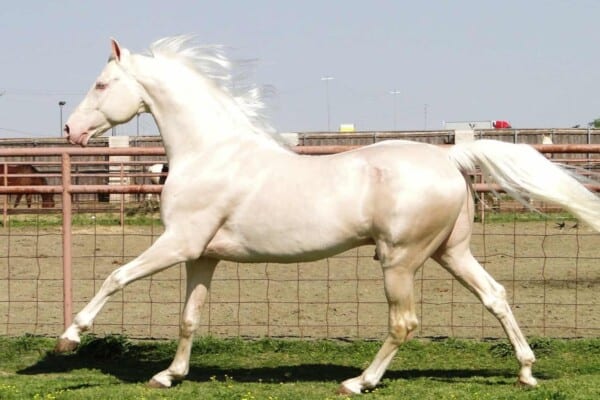
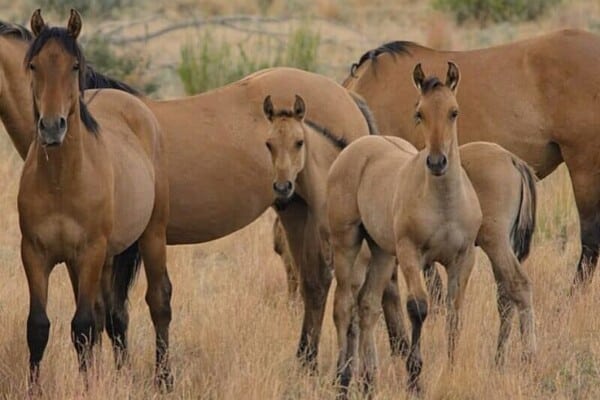
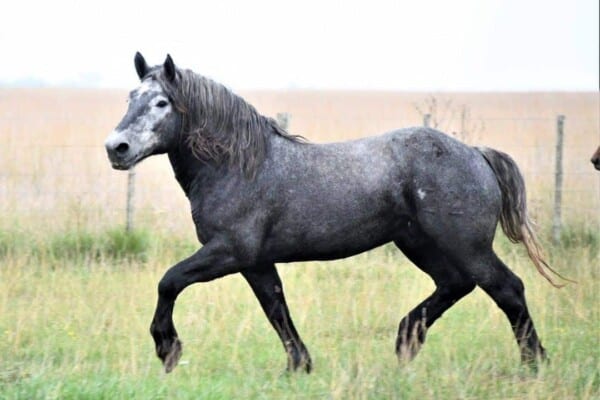
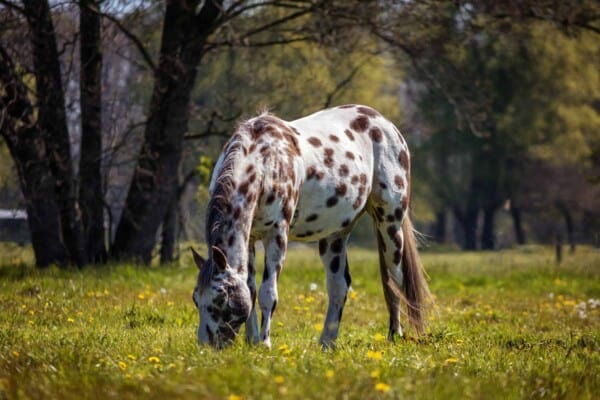
I do have a fjord I just love him , he is a very sweet horse .
He can be stubborn ?his name is Louie my first horse ever and I am 60 years young .